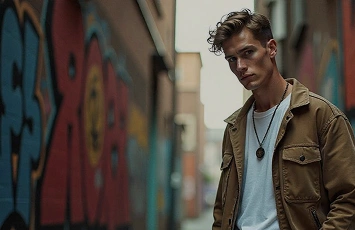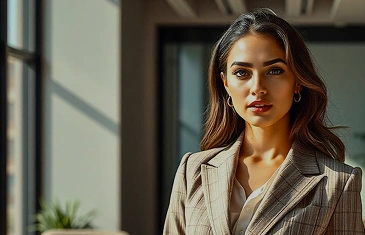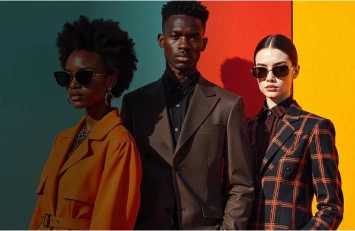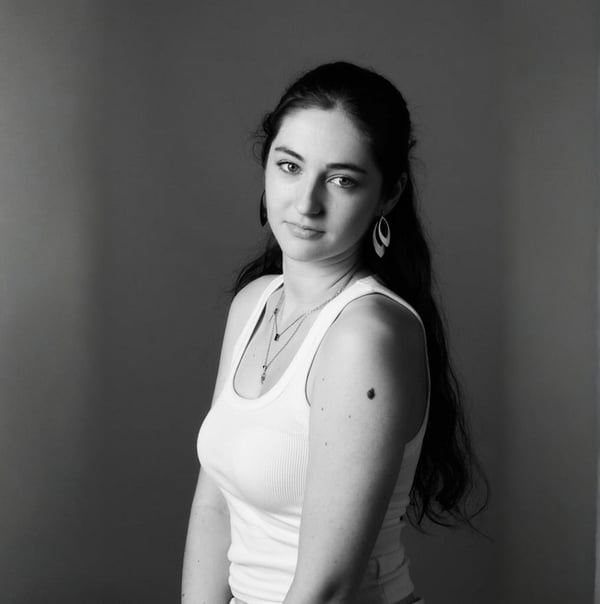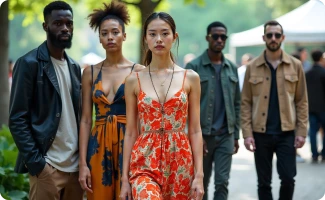
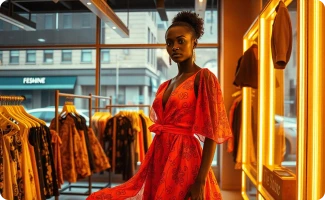
Wedding Dress Design: Inspiration & Sketch Ideas
Table of Contents
Designing a wedding dress is one of the most emotional and exciting parts of wedding planning. A bridal gown is not just a dress, it’s a personal statement of love, identity and style. For some brides, the perfect dress is something they find in a boutique by trying thousands of them, but for others, it starts with a wedding dress design sketch that brings a dream to life.
The beauty of this process lies in its flexibility. Some brides want a custom wedding dress that feels entirely unique. Others look for bridal gown sketches to visualize small adjustments to an existing design. No matter where you start, wedding fashion ideas can help transform imagination into reality.
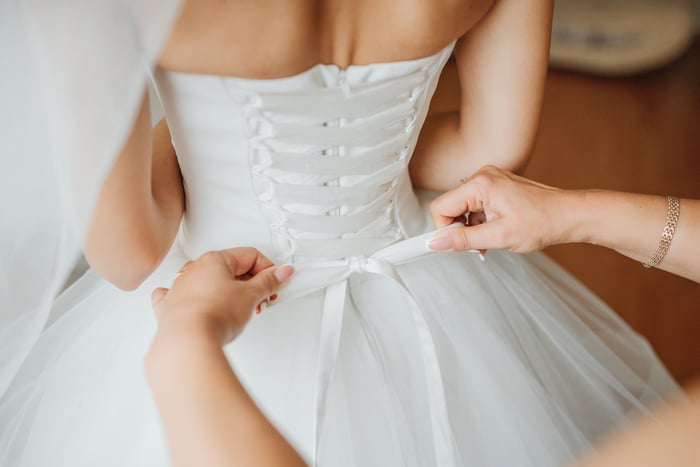
The Meaning Behind Wedding Dress Design
A wedding dress design is more than a piece of clothing, it’s a symbol. Brides often see their gown as the centerpiece of their wedding day, reflecting both tradition and individuality. For many, the journey begins long before the fitting room, with doodles in a notebook or saved images on Pinterest.
This is why bridal gown sketches remain so important. They bridge the gap between ideas and fabric, showing how shapes, textures, and details will look when put together. Designers use these sketches as blueprints, but they also serve as emotional keepsakes that capture the start of the wedding fashion journey.
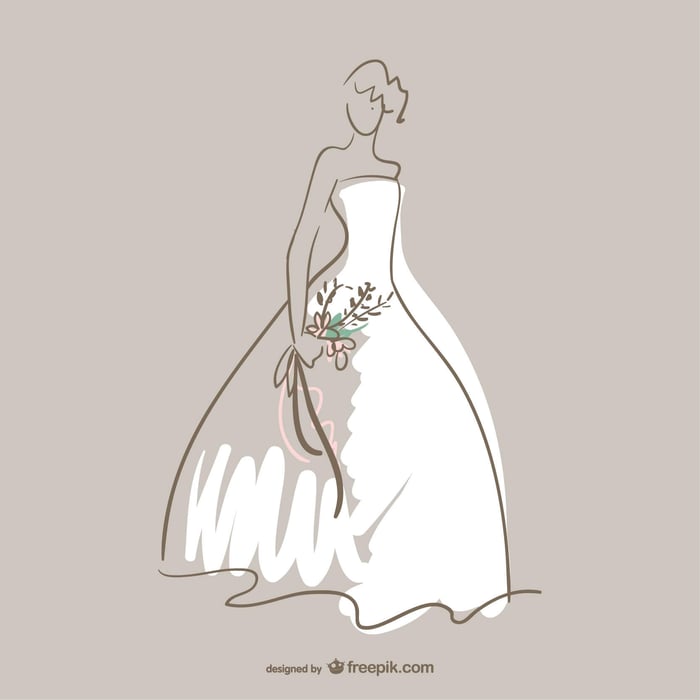
Why Bridal Gown Sketches Matter
A bridal gown sketch is not just an illustration, it’s a conversation tool. Brides can point to details they love, such as a lace neckline or a dramatic train, and designers can use sketches to refine or adjust those elements.
For instance, a bride who dreams of a mermaid silhouette might also want detachable sleeves for the reception. Seeing this on paper makes it easier to decide whether it fits the vision. Sketches save time, reduce miscommunication, and provide clarity before moving into fabric selection or fittings.
Wedding Fashion Ideas for Inspiration
Finding inspiration is one of the most enjoyable parts of the wedding dress design journey. Brides can draw from many sources:
History: Think of the elegance of Edwardian lace, the glamour of Old Hollywood, or the sleek silhouettes of the 1990s.
Runways: Fashion shows often highlight bold cuts, sheer fabrics, and experimental details that spark modern wedding fashion ideas.
Nature: Flowers, ocean waves, or even city skylines can inspire patterns, embroidery, or gown shapes.
Personal heritage: Cultural traditions often guide fabric choices, colors, and embellishments.
Pop culture: Movies, music, and art can shape everything from the mood of the gown to the details of its accessories.
Today, Instagram and TikTok have also become big sources of inspiration, offering brides endless examples of custom wedding dresses and unique design stories.
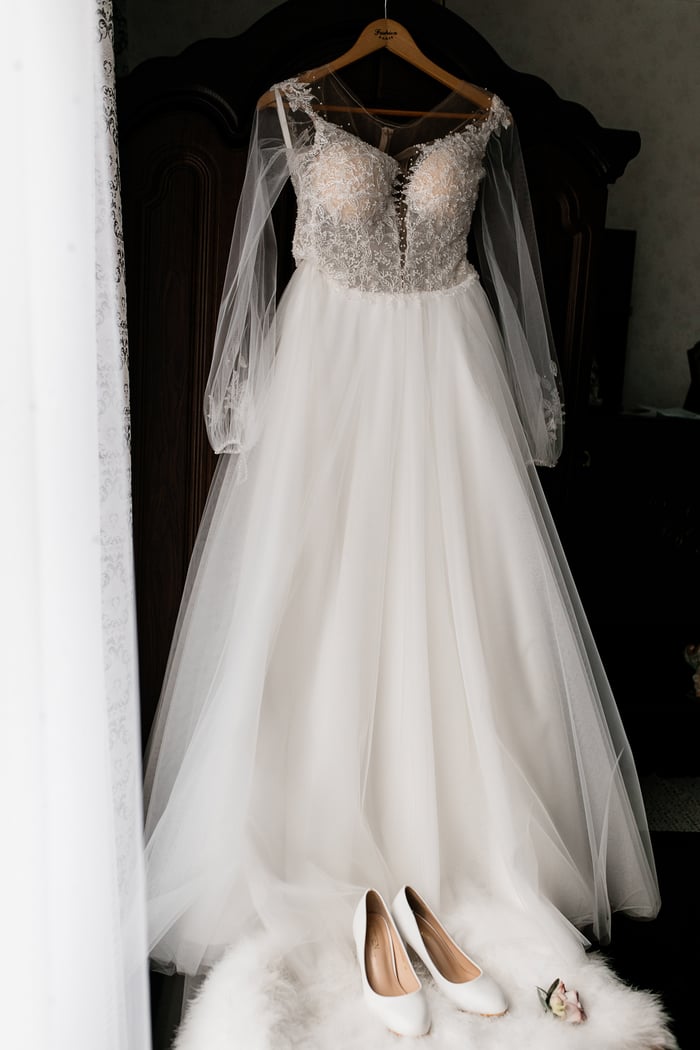
Table: Popular Wedding Dress Styles
Dress Style | Description | Best For | Considerations |
|---|---|---|---|
A-Line | Fitted at the waist, flares out gradually | Almost every body type | Classic and versatile, not overly dramatic |
Ball Gown | Full skirt with a fitted bodice | Brides wanting a “princess” look | Can feel heavy, needs space to move comfortably |
Mermaid | Tight to the knee, then flares out | Brides wanting a dramatic, figure-hugging gown | Less flexible for movement, works best for confident wearers |
Sheath | Straight cut, minimal shaping | Modern, minimalist brides | Offers simplicity but less drama |
Tea-Length | Ends between knee and ankle | Retro-inspired, casual weddings | Not as formal, but playful and comfortable |
This table helps brides compare wedding dress design options to see which style matches their personality, comfort, and wedding theme.
The Process of Designing a Custom Wedding Dress
Creating a custom wedding dress is a journey in itself. Typically, it involves:
Sketching: Designers begin with simple outlines, then add textures, lace patterns, and accessories.
Moodboards: Brides bring together references, colors, and wedding fashion ideas.
Fabric selection: Satin, lace, organza, silk, or eco-friendly alternatives.
Fittings: Several sessions to refine proportions and comfort.
Final touches: Embroidery, beading, or personal elements like initials stitched into the lining.
The result is a gown that no one else will ever have.
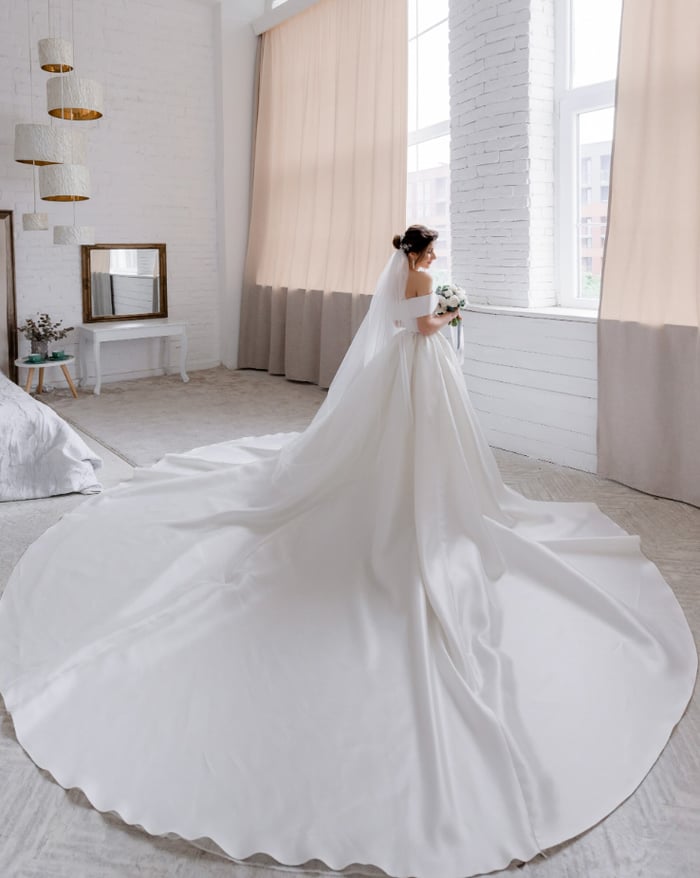
Modern Trends in Wedding Dress Design
Today, wedding dress design is being influenced by sustainability and technology. Brides are increasingly looking for dresses that tell a story but also reflect values like eco-consciousness.
Sustainable fabrics: Organic silk, recycled lace, or repurposed gowns.
Minimalist designs: Clean cuts with less decoration, perfect for modern weddings.
Convertible gowns: Dresses with removable trains, sleeves, or skirts.
AI fashion tools: Platforms that generate bridal gown sketches digitally, giving brides an instant look at design variations before even stepping into a boutique.
Why Wedding Dress Design is Timeless
Fashion trends change quickly. One year it’s minimalist gowns with sleek silhouettes, the next it’s extravagant dresses covered in embroidery and sparkling details. Yet, no matter how much styles shift, the essence of wedding dress design remains timeless. The reason is simple: a wedding gown is not just about fashion, it’s about emotion, memory, and storytelling.
Every bride, whether she chooses a modern slip dress or a grand ball gown, wants her dress to reflect who she is at one of the most important moments of her life. A gown becomes a symbol of personal identity, culture, and love. That’s why wedding dress design is never just about fabric and cuts. It’s about capturing the spirit of a person and turning it into something they can wear proudly as they walk down the aisle.
This timelessness is also tied to tradition. Across cultures, wedding gowns carry deep meaning, from white lace dresses in Western ceremonies to colorful, embroidered pieces in other parts of the world. Even as modern brides reinterpret these customs, the core idea stays the same: the dress should honor both personal style and heritage.
The process itself is part of what makes wedding dress design so enduring. From the first bridal gown sketch to the final fitting, every step builds anticipation and meaning. Brides often save these sketches, photographs of fittings, and fabric swatches as keepsakes, because they represent more than preparation, they capture the journey toward the wedding day.
And then comes the lasting impact. A wedding gown doesn’t disappear once the party ends. It lives on in photographs, in family albums, in digital galleries shared online, and even in the memories of the guests who saw it in person. Many brides preserve their dresses as heirlooms, sometimes passing them on for future generations to wear or transform. In this sense, wedding dress design is timeless because it creates artifacts that outlive trends, carrying forward a piece of personal history.
At its core, wedding dress design endures because it’s about more than looking beautiful for one day. It’s about creating something tangible that reflects love, identity, and dreams—and that will continue to tell that story for decades, even centuries, to come.
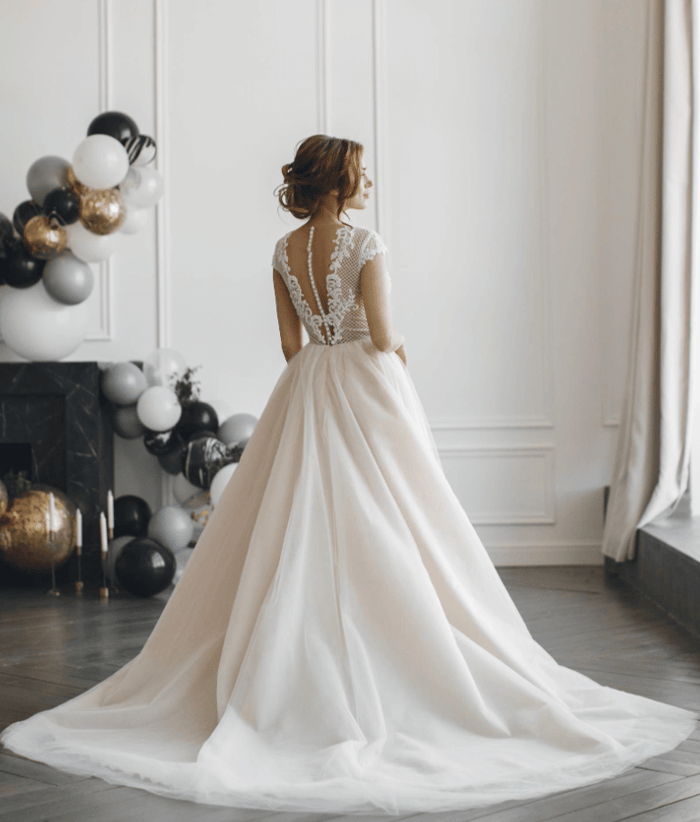
Visit Modelia and keep learning about fashion and AI
FAQ: Wedding Dress Design
How do I start designing my own wedding dress?
Begin with a moodboard. Collect images, fabrics, and details you like. Then, create simple fashion sketches or work with a designer to translate your ideas into a bridal gown sketch.
Do I need to know how to draw to design a dress?
Not at all. While knowing how to sketch helps, many designers and even AI tools can create clothing sketches based on your descriptions.
How much does a custom wedding dress cost?
Prices vary widely. Simple custom wedding dresses may start at $1,500, while intricate couture designs can go beyond $10,000.
What fabrics are most popular for wedding gowns?
Satin, silk, lace, chiffon, and tulle remain classics. Recently, eco-friendly fabrics have also become popular in modern wedding dress design.
Can I refashion an old dress into a new wedding gown?
Yes. Many brides transform vintage gowns or family heirlooms through alterations, creating a sustainable and sentimental custom wedding dress.
How long does the process usually take?
Designing and producing a gown can take anywhere from 4 to 9 months, depending on complexity and designer availability.
How would you rate this article:
Related Articles
- How an AI Personal Stylist Can Upgrade Your Wardrobe
- Influencer Marketing for Fashion Brands: Boosting Visibility Through Partnerships
- Automated Video Generation: Transforming Content Creation with AI-Powered Technology
- How to Turn Cartoons into Realistic Images with AI
- The Ultimate User Guide to Virtual Try-On Features: How to Get the Best Experience
- Top AI Photo Description Generator Tools for Online Sellers
- 7 Fashion Brand Marketing Strategies to Succeed in a Competitive Market
- How to Style Cool Baggy Outfits with Confidence
- How Digital Clothing Is Shaping the Future of Fashion
- How to Use AI in Ecommerce: Boost Your Sales and Optimize Customer Experience

